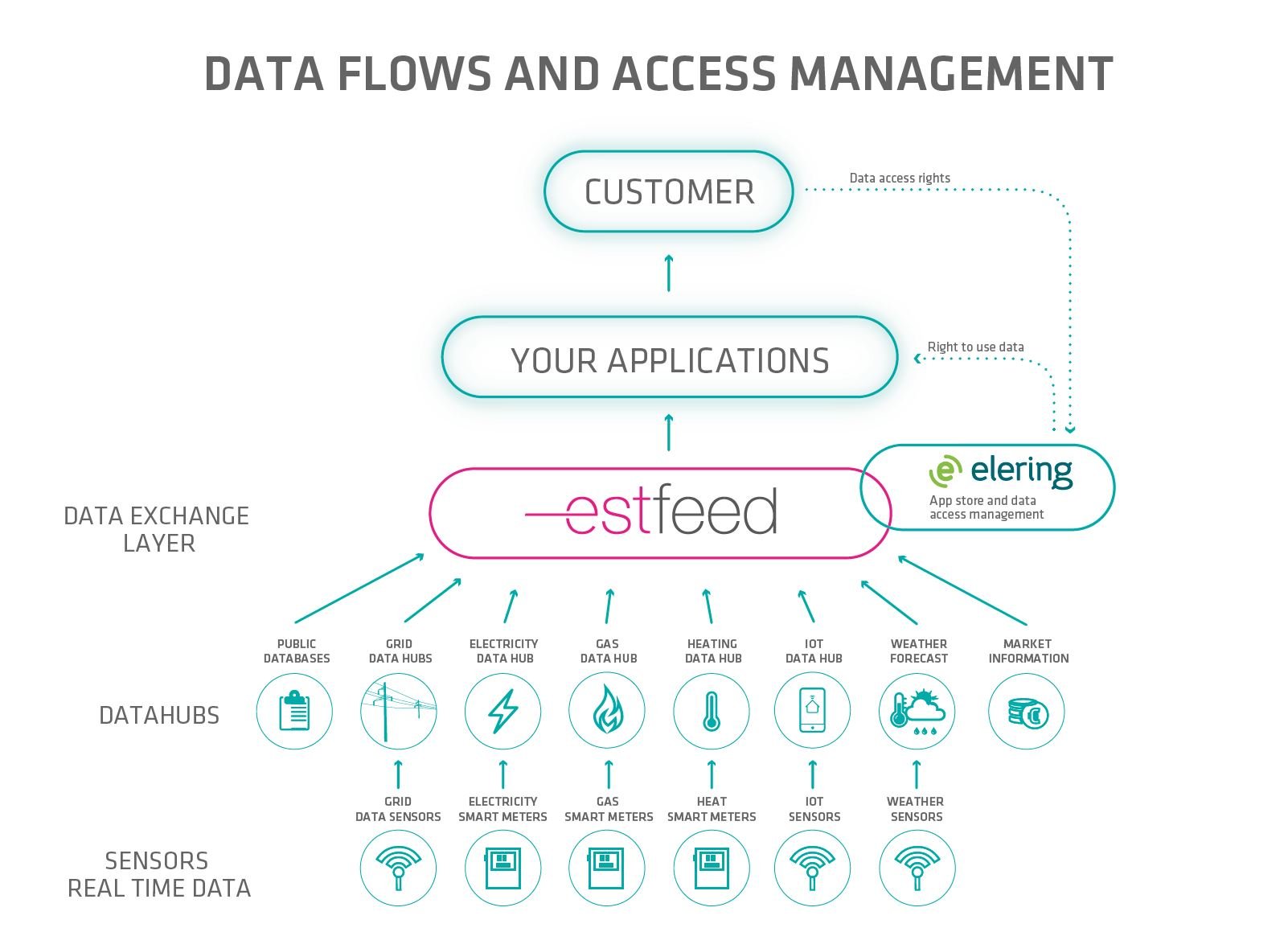Secure data exchange is the backbone of any digital service provision – whether for citizens, employees, or businesses. But in the Federative Republic of Brazil, with twenty-six self-governing states and over 200 million people, how does such a massive digital transformation get started?
Seeking to achieve digital transformation at a national level, at large, Brazil faces unique challenges. The sheer size, diversity, and complexity of its administrative landscape require solutions that bridge gaps between different states while enabling secure, efficient, and standardized data exchange among them. It's not by chance that X-Road has been present in the country for over five years already. Known locally as X-Via, the secure data exchange platform is enhancing interoperability and transforming public service delivery in several states.
Developments have emerged during this time, demonstrating both the successes and challenges of scaling X-Via. As the landscape of digital governance in Brazil continues to evolve, here are state-of-the-art updates on how different states have adopted X-Via, the decisions that have been made, and the lessons learned along the way.
With Fernando Santos, Head of Product Development at X-Via.
State adoptions and evolving use cases
Mato Grosso: continuity and expansion
Mato Grosso remains a key player in Brazil’s X-Via journey. An early adopter of X-Road technology (2019), the state has made significant progress in expanding its digital capabilities.
A key step towards consolidating a commitment to digital governance was Mato Grosso’s government decree, establishing X-Via as the official interoperability solution for the entire state. A full legal endorsement that provided the foundation for further development and integration, allowing the state to scale its X-Road usage beyond internal government departments. In more recent times, the Justice Department also expressed interest in utilizing the data provided through X-Road – to streamline citizen notifications and enhance legal processes.
All the while, by pursuing interoperability at the municipal level, Mato Grosso is tackling a more complex layer of governance, where political and resource constraints present new challenges to expansion. Still, this effort underscores a maturing stage in the state’s digital governance strategy.
Piauí: a rapid onboarding
The state of Piauí has emerged as a new success story in the X-Via landscape. Prompted by a visit to Estonia, where the governor saw firsthand the benefits of X-Road, Piauí decided to speed up its adoption of the secure exchange layer. Within six months, Piauí not only implemented X-Via but also established a citizen web portal that integrates over ten different organizations.
The deployment was fast, reflecting an experienced and accelerated approach to implementation also on the side of the technology partner, X-Via – drawing on the lessons learned from earlier experiences in other states. What made things swifter in Piauí was a clear collaborative approach in development, where multiple departments worked together to deliver integrated services, proofing the flexibility and scalability of the X-Via platform.
Amapá: something went south
Not all states that have started, though, are continuing with their digital transformation plans. Amapá, one of the initial states to engage with X-Via, has discontinued its use due to changing political priorities and, consequentially, domain-specific budgetary constraints. Unlike the cases of Mato Grosso and Piauí, where strong political will have driven successful adoption, Amapá’s withdrawal highlights the vulnerabilities of digital transformation projects to shifts in government focus and financial reallocations.
Stages of readiness, federating across states
As Santos puts it, Mato Grosso and Piauí are both utilizing X-Via but find themselves in different stages of implementation. Mato Grosso is in a phase of continuity, refining existing services while expanding to new use cases. In contrast, Piauí is in the startup phase, rapidly implementing its services through X-Road. The state has already managed to create a citizen portal and keeps working to increase the number of services offered.
One key takeaway from these implementations, though, is that federating X-Road instances across states comes more straightforward than first implementing them at the municipal level. State governments can leverage their broader resources to develop and manage ‘communicating’ digital infrastructure, providing services to citizens through a more streamlined platform. For example, even though not fully federated today, Piauí and Mato Grosso are working together to establish X-Road Trust Federation to further strengthen interoperability between states.
From increased usage, new technical and governance challenges
As X-Via scales up across different levels of government and states, new technical and governance challenges have come to the forefront. In Mato Grosso, for instance, stakeholders have expressed concerns over the performance implications of X-Road’s security layers. The mandatory security processes introduce a “middle layer” that causes additional overhead compared to direct point-to-point integrations, prompting some stakeholders to question the necessity of adhering strictly to these standards. On the other hand, X-Road’s security layers provide unified security guarantees that are foundational for trustworthy data sharing.
The tradeoff between performance and security is a common topic in information technology. In this case, these concerns reflect though the ongoing effort between balancing security and efficiency in digital governance. On these concerns, instead of resorting to technical fixes, the focus has been on addressing them through dialogue, highlighting the importance of secure data exchange protocols in maintaining trust and compliance.
In addition to that, the increased usage of X-Via, particularly in states like Mato Grosso, has led to a surge in data and log generation. This growth presents new challenges around data management, analysis, and storage. It’s a shift from simply establishing an interoperable framework to optimizing its functionality and sustainability. Themes that will be critical as the platform continues to expand, requiring a clear data management strategy and continuous improvements in handling large volumes of data efficiently.
Security as the cornerstone of X-Via's value proposition
Despite concerns over potential performance impacts from security layers, security remains the defining feature of X-Via's value proposition in Brazil. The platform’s protocols, including encryption and digital certificates, are essential for ensuring the integrity and confidentiality of data exchanged between government entities. These mechanisms, within X-Road’s architecture, have been central in ensuring trust among stakeholders and compliance with data protection regulations in the country.
X-Via’s adoption continues to grow with security at its core. Government agencies, including sectors like the Justice Department in Mato Grosso, rely on the platform’s ability to protect sensitive information while facilitating efficient data exchange. As Fernando Santos points out, “X-Road’s encryption capabilities are a decisive factor in gaining the confidence of both administrators and users. Security, based on our experience, remains the main value proposition.”
Beyond encryption, X-Via’s security features also ensure transparency and accountability in data management. Secure and traceable data flows safeguard citizens' rights while favouring inter-agency collaboration.
As Brazil’s journey with X-Road continues, security will remain the standard-bearer of its success. By maintaining such measures, X-Via ensures that digital transformation initiatives are built on trust, resilience, and truly citizen-centric services.

